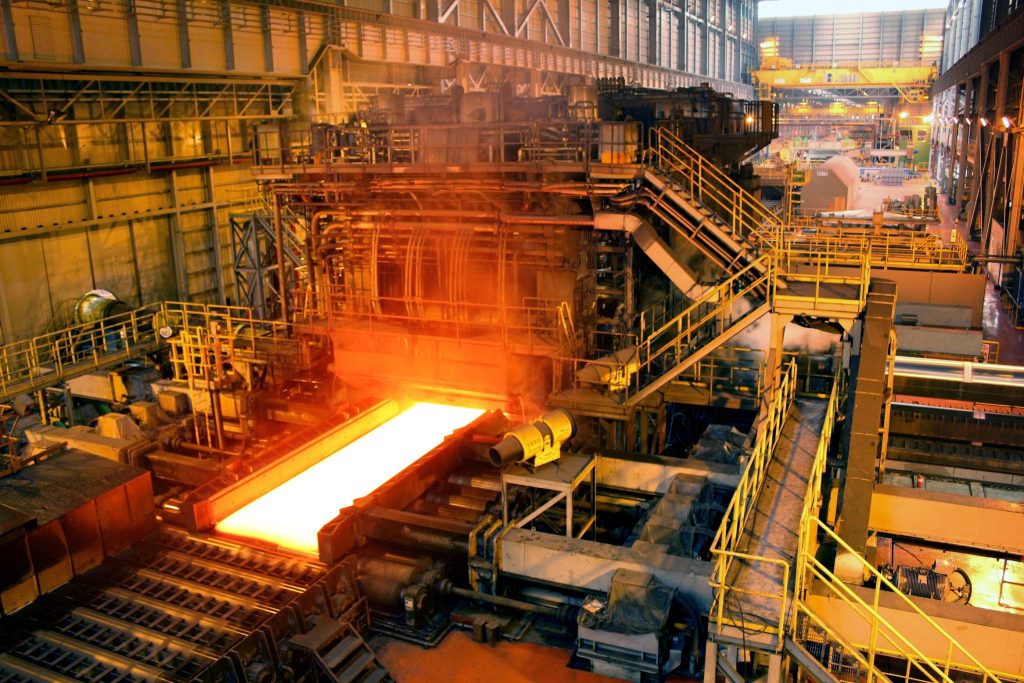The Truth About Steel and Steel Targets, Pt. 2
When it comes to steel targets, it is important to understand there are crucial differences in the quality of the steel used to make the targets and the design of the targets themselves. In an age where it seems everyone “knows a guy” who can make steel targets for them out of a welding shop, […]
The Truth About Steel and Steel Targets

With more and more companies and individuals manufacturing steel targets, the water has become increasingly muddy where accurate information is concerned. With technical data provided by the American Iron and Steel Institute in Washington D.C., this report is designed to cut through the recent hype and establish a basis of fact for accurate evaluation and […]
Action Target’s Tactical Torso

Action Target is pleased to announce its newest target – the AT Tactical Torso. The AT Tactical Torso is the upgraded version of the popular AT Torso. With two swinging plates to simulate the lethal head and center mass zones, you get instant visual feedback from hitting the right spot. Unlike similar targets, you do […]